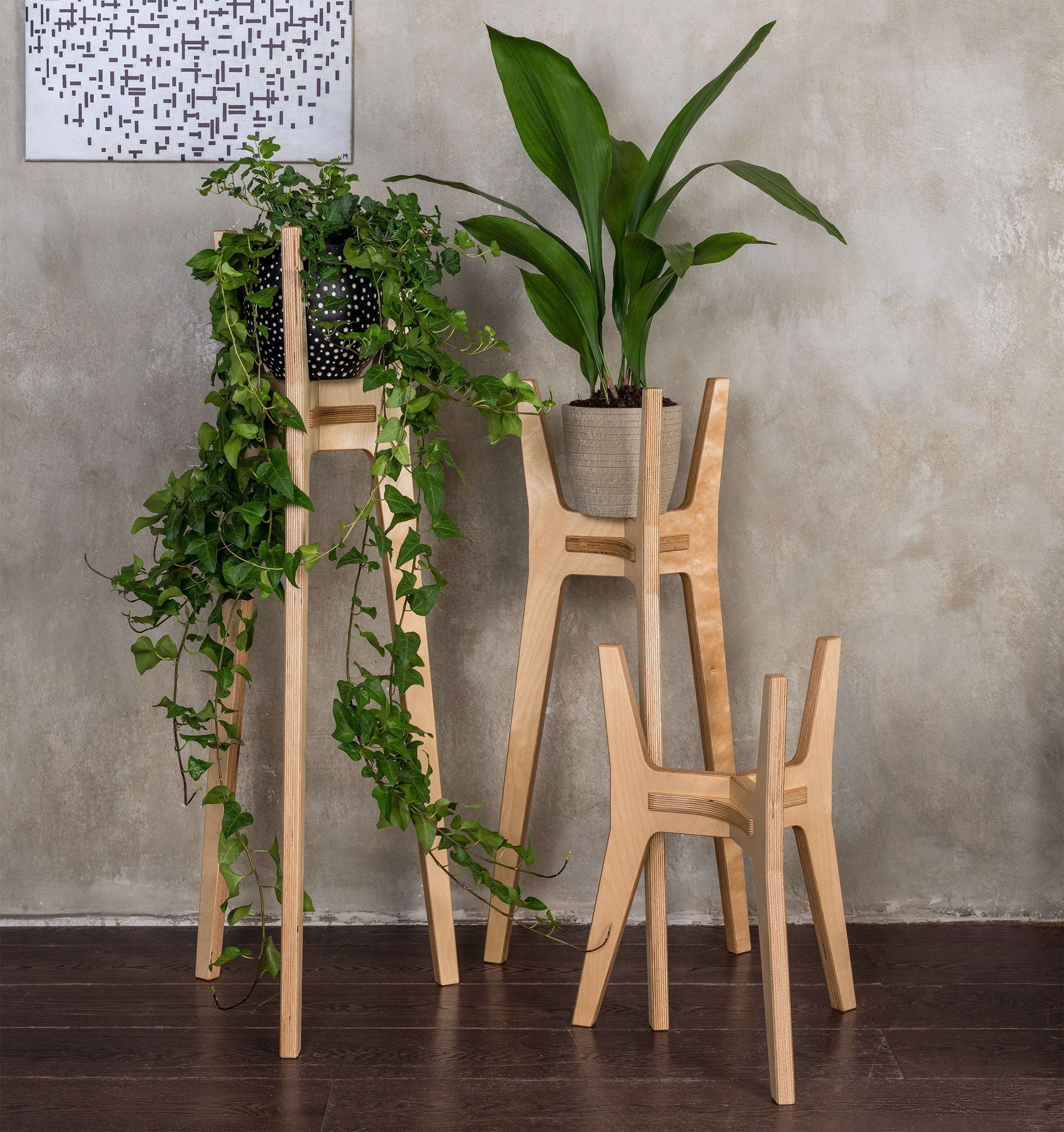Aquarium Furniture Plans for Creative and Functional Builds
Introduction: Beyond the Stand – Designing for Aesthetics and Functionality
The aquarium, a captivating window into an underwater world, deserves a setting that complements its beauty and enhances the overall aesthetic of the room. While a basic stand suffices for functionality, a thoughtfully designed piece of aquarium furniture can elevate the entire experience, transforming a simple tank into a stunning centerpiece. This article delves into the realm of creative and functional aquarium furniture design, providing guidance on planning and construction for various styles and sizes of aquariums.
Beyond merely supporting the weight of the aquarium and its contents, custom-built furniture offers unparalleled opportunities for personalization. Consider integrating lighting, filtration systems, or even a built-in sump within the design. The possibilities are as diverse as the aquatic ecosystems themselves. This detailed guide explores various design considerations, construction techniques, and essential elements for creating bespoke aquarium furniture.
Design Considerations: Size, Style, and Material Selection
Determining the Appropriate Dimensions
The foundational aspect of any aquarium furniture project is accurate dimensioning. Precise measurements of the aquarium itself, including its dimensions, weight, and the weight of its contents when fully filled, are paramount. This data is crucial for calculating the necessary structural support. Allow for sufficient clearance around the tank for maintenance and ease of access. Consider the surrounding environment; the furniture piece should complement the room's dimensions and style without overwhelming the space.
Choosing a Style to Complement Your Décor
The style of your aquarium furniture should harmonize with the overall design of the room. A modern, minimalist aquarium might pair well with sleek, contemporary cabinetry. A more traditional setting could benefit from a classic, ornate stand. Consider using materials and finishes that align with the existing decor. Explore various styles, from rustic farmhouse to sleek mid-century modern, to find the ideal aesthetic. Research existing designs for inspiration, but don't be afraid to incorporate your own unique touches.
Selecting Suitable Materials: Durability and Aesthetics
The choice of materials significantly impacts the longevity and appearance of your aquarium furniture. Moisture resistance is crucial, given the potential for spills and humidity. Solid hardwoods like oak, maple, or cherry offer excellent durability and aesthetic appeal, but require proper sealing to protect against water damage. Marine-grade plywood is a cost-effective alternative, providing exceptional strength and moisture resistance. Consider using waterproof glues and sealants throughout the construction process.
Other materials, such as high-pressure laminate (HPL), offer a stylish and durable surface that is exceptionally resistant to moisture and scratches. Metal components, like steel or aluminum, can be incorporated for added structural support, particularly for larger aquariums. However, ensure proper corrosion protection if using metal in areas prone to moisture.
Construction Techniques: Building a Robust and Stable Stand
Framing and Structural Support: The Foundation of Your Design
The structural integrity of your aquarium furniture is paramount. Begin by constructing a robust frame using appropriately sized lumber. The frame must be able to support the significant weight of the filled aquarium, along with any additional features incorporated into the design. Consider using corner bracing and additional support beams to enhance stability. Ensure the frame is perfectly square and level to prevent any uneven settling or instability.
Cabinetry and Storage Solutions: Maximizing Functionality
Incorporating cabinets or drawers into your design provides ample storage space for aquarium supplies, equipment, and other related items. Plan the layout of cabinets and drawers carefully, considering accessibility and the size of your equipment. Use high-quality hardware and ensure smooth operation of drawers and doors. Consider adding features like adjustable shelves to accommodate different sized items.
Finishing Touches: Protection and Aesthetics
Once the construction is complete, protect your furniture from moisture damage with a high-quality sealant. Multiple coats are recommended to ensure adequate protection. Allow ample drying time between coats. After sealing, apply the chosen finish – paint, stain, or varnish – to achieve the desired aesthetic. Pay attention to detail, ensuring a smooth, even finish that complements the overall design.
Advanced Features: Integrating Technology and Functionality
Built-in Lighting: Enhancing the Aquarium's Visual Appeal
Integrating lighting directly into the furniture can enhance the overall look and functionality. Consider LED strips or recessed lighting to create a dramatic effect. Ensure proper wiring and electrical safety, using waterproof fixtures and connectors. Consider a dimmer switch to adjust the lighting intensity.
Hidden Filtration and Sump Systems: Maintaining Water Quality
A built-in sump system can streamline aquarium maintenance and improve water quality. This requires careful planning and integration into the furniture design. Adequate space must be allocated for the sump, pump, and other filtration components. Ensure proper ventilation to prevent overheating.
Customizable Features: Adding Personal Touches
Personalize your aquarium furniture with unique features that reflect your style and preferences. This could include incorporating a built-in viewing window, adding a small shelf for aquarium decorations, or integrating a water-resistant countertop for feeding and maintenance tasks. Let your creativity guide you and develop unique, personalized solutions.
Safety Considerations: Weight Distribution and Stability
The weight of a full aquarium is significant, and ensuring stability is critical. Properly distribute the weight across the frame to prevent stress points and potential failure. Use high-quality fasteners and construction techniques to create a durable and reliable support structure. Regularly inspect the furniture for any signs of wear or instability.
Conclusion: A Fusion of Form and Function
Creating custom aquarium furniture is a rewarding project that combines creativity, technical skills, and a passion for aquatic life. By carefully considering design, materials, and construction techniques, you can create a stunning and functional piece that enhances your aquarium and complements your home décor. Remember to prioritize safety and functionality throughout the design and construction process. With meticulous planning and execution, your custom aquarium furniture will be a centerpiece of pride and a testament to your craftsmanship.













